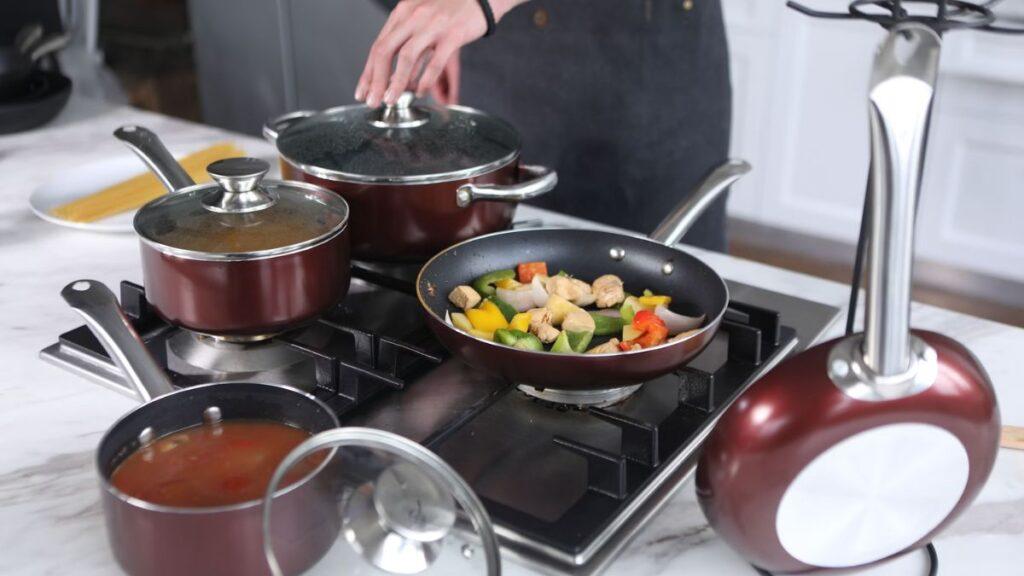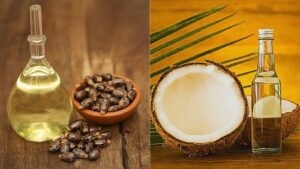Which cookware is the healthiest for cooking and storing food, ICMR has the answer

NIN-ICMR Study Reveals Which Cookware is Best for Cooking and Storing Food
The National Institute of Nutrition (NIN) of Indian Council of Medical Research (ICMR) has published a manual of ‘Dietary Guidelines for Indians’. This manual highlights seventeen dietary guidelines for Indians to stay healthy.
Among others, one of the guidelines evaluates the suitability of different types of cookware that we use to cook, store and serve food. Let us find out which is the best cookware to cook healthy food and what are the precautions that need to be taken while using different types of cookware.
Earthen Pots

Earthen pots are considered to be safest type of cookware. While cooking in earthen pots, very little oil is required. They are environment friendly and keep the nutritional value of food intact. Uniform heating takes place while cooking in earthen, preserving nutrition and avoiding harmful effects of cooking.
Metal Cookware

We use a variety of cookware made from different materials. Some of these materials, such as aluminum, iron, brass, or copper, can mix with food when we cook or store food in them. Acidic foods such as pickles, chutneys, sambar, and sauces should not be stored in aluminum, iron, unlined brass, or copper containers.
Stainless Steel Cookware

Stainless steel cookware is generally considered safe for cooking and storing food if used properly. Utensils made of stainless steel are very popular due to their corrosion resistance, durability and non-reactivity with foods. This cookware does not react with acidic or alkaline foods and thus does not impart any harmful substances or metallic flavors to food.
Non Stick Cookware

Non-stick cookware is gaining popularity due to the convenience they offer. The food does not stick to the pan and thus does not burn. The requirement of oil is also less while cooking in non-stick cookware. However, non-stick cookware should not be heated above 170°C. This may happen if a dry pot or pan is left on the flame for a long time. In such a case, the Teflon coating may start burning and give off poisonous fumes. Care should be taken to discard non-stick cookware once the Teflon coating starts to wear off or is damaged.
Stone Cookware

This cookware nowadays is generally lighter than earlier available granite cookware. This cookware saves time and energy and retains heat even after the flame has been turned off. If your granite cookware comes with a non-stick coating, then make sure to cook only at medium-high heat to protect the coating and avoid it getting mixed with food.
Each of the above mentioned-cookware have their own advantages and disadvantages and with a little information about how to use them safely, you can enjoy their benefits without the harmful effects.
Based on Manual of Dietary Guidelines for Indians published by The National Institute of Nutrition (NIN) of Indian Council of Medical Research (ICMR). This is not a medical advice, check with your healthcare provider for more information.









